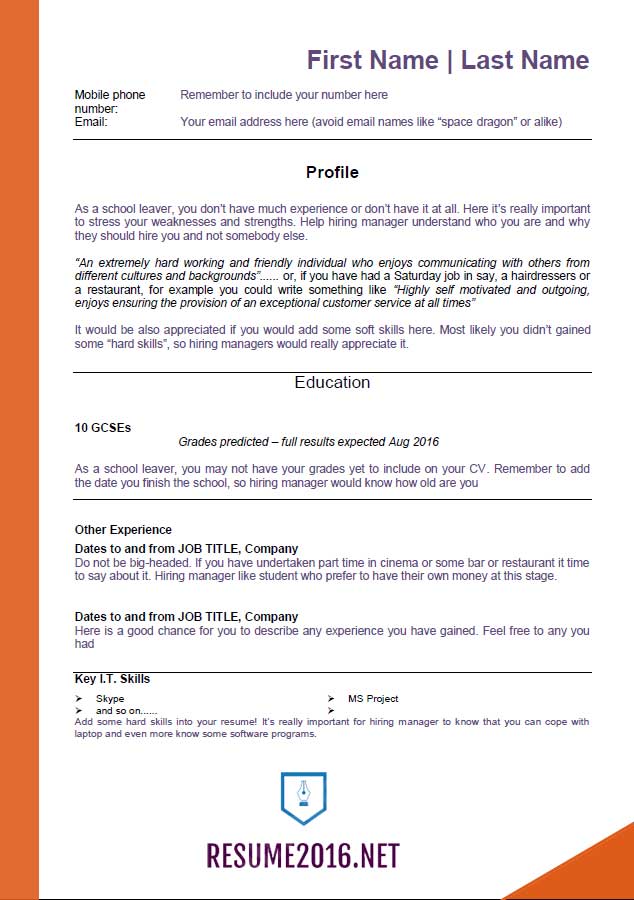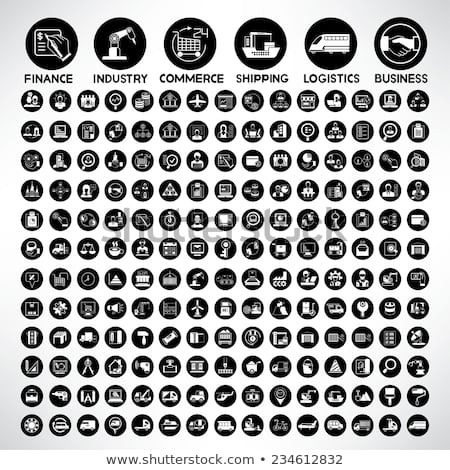
Negative money flow occurs when the next trade is purchased at a lower price (a downtick). Since the money flow index trading strategy incorporates not only price, but also volume, it is often really good at picking tops and bottoms in the market. By contrast, when you find the money flow index reading below 20, you should start to reduce your short exposure as it indicates the stock is oversold and the price will likely increase. This might be interpreted that the trend in Google still has buying pressure and that the stock trader might consider continuing to hold their long position in the stock.
8 Top-Rated Income Funds Investing U.S. News - U.S News & World Report Money
8 Top-Rated Income Funds Investing U.S. News.
Posted: Wed, 13 Sep 2023 20:43:00 GMT [source]
Third, failure swings at 80 or 20 can also be used to identify potential price reversals. For this article, the divergences and failure swings are be combined to create one signal group and increase robustness. The Money Flow Index (MFI) indicator is a momentum oscillator that compares negative and positive money flow values to create a ratio that is output as a value between 0 and 100. In that sense, the MFI is quite similar to the popular Relative Strength Index (RSI) indicator. If you have been day trading with price action and volume – two of our favorite tools – then the money flow index (MFI) indicator would not feel alien to you.
While the MFI and RSI are both popular indicators traders use to help identify overbought and oversold conditions, they have some key differences. The RSI is a momentum indicator that measures the magnitude of recent price changes to determine overbought or oversold conditions. This means the MFI can provide more information about a security's overall strength and momentum than the RSI. Like any momentum indicator, this oscillator helps to determine whether a stock in the overbought or oversold territory to help pinpoint entries and exits. The Y-axis scale measures the oscillator from the zero to 100 levels called bands. The 20-band or below is considered the oversold range and the 80-band or greater is the overbought territory.
Divergences
To do this, I normalized several oscillators between to ensure equal weight. Hello, I've been utilizing this DCA approach in my trading strategy for a while now, and I believe it's time to share it with the community. The VWMA Bands and RMF DCA Strategy is a powerful trading approach that combines the concepts of Volume Weighted Moving Average (VWMA) bands and the Relative Momentum Factor (RMF).
- This includes Moomoo Technologies Inc. (MTI) provider of the app and Moomoo Financial Inc. (MFI) Member FINRA/SIPC, which offers securities in the U.S.
- Raw Money Flow is positive when the typical price advances from one period to the next and negative when the typical price declines.
- In fact, there even is a common trading strategy that successfully manages to enter and exit trades, using nothing but the RSI with a two-period setting.
- For this article, the divergences and failure swings are be combined to create one signal group and increase robustness.
However, it is important to remember that leading indicators are not entirely accurate. So, they should always be used in conjunction with other forms of analysis, and alongside a suitable risk management strategy. It’s worth remembering that a divergence does not always result in a reversal.
Which indicator works best with the Money Flow Index?
The stock moved to a new high in September, but MFI formed a significantly lower high. A bearish failure swing occurred as MFI became overbought above 80 in late August, failed to reach 80 with the September bounce and broke the prior lows with a decline in late September. This is when the indicator does something that indicates a good trading opportunity is present, but then the price doesn't move as expected resulting in a losing trade. The main difference is that MFI incorporates volume, while the RSI does not. Therefore, they also believe that MFI will provide signals, and warn of possible reversals, in a more timely fashion than the RSI.
If money flow is negative when a stock's price is rising, this could indicate a pending price reversal. Investors monitor money flow because trading volume is typically considered to lead price, which could help identify early trading opportunities. As we discussed earlier, the money flow index can be a great tool to identify divergence in the market.
The money flow index is a momentum trading indicator that tries to define changes in buying and selling pressure. In short, it does so by comparing the positive money flow to the negative money flow, for the defined period. The choice between MFI and RSI largely depends on the specific needs of a trader. While both are momentum oscillators that can identify overbought and oversold conditions, the MFI incorporates volume data along with price, providing a more comprehensive view of money flow. On the other hand, RSI solely focuses on price changes, making it simpler to use. Traders should care about the money flow index, as it can help to identify potential reversals when overbought and oversold signals are shown.
Swing Trading Alerts (+Results)
The idea is not to purchase a security at a low price but also to have its price appreciate. Once you have calculated the raw money flow, you will be able to determine if it is positive or negative. This is done by marking whether the raw money flow in a given period is higher or lower than the period before. The theory behind the MFI indicator is that when these levels are met, the market price could soon reverse, and traders should think about opening a position to take advantage of the momentum. Analysts found that volume alone was not a clear gauge of momentum – what traders should really be interested in is the market response to price changes.
In summary, a momentum indicator that attempt to measure the flow of money (identify buying/selling pressure) through the asset within a specified period of time. MFI will oscillate between 0 to 100, oftentimes comprehend the analysis with oversold... Failure swings and divergences can be combined to create more robust signals. A bullish failure swing occurs when MFI becomes oversold below 20, surges above 20, holds above 20 on a pullback and then breaks above its prior reaction high.
The Money Flow Index (MFI) is a technical indicator that measures the buying or selling pressure of an asset through price and volume. Instead, it’s often categorized as a lagging indicator as it reflects past price movements and volume data to provide signals about future market trends. A divergence occurs when the price and the MFI move in opposite directions, indicating a potential price reversal. Spotting these divergences can provide early signals for possible trend reversals and trading opportunities. Accurately forecasting potential reversals in financial markets can be a powerful tool as it helps traders identify favorable trade entry and exit points which can result in more profitable trading. Technical analysis tools such as Money Flow Index (MFI) can help traders identify and take advantage of potential market reversals.
Step 4: Calculate the money flow index
However, while RSI only tracks market momentum as in the speed and change of price movements, the money flow index relies heavily on the market volume and its direction to come up with its reading. If you choose a short setting, like 2-6 periods, you’ll have to move the thresholds further out, to accommodate the wilder swings in the indicator. This occurs simply since a longer period tends to average out outliers, which will produce less extreme readings in the indicator. Thus, with a shorter setting, you’ll have readings that go more into the extremes. In fact, there even is a common trading strategy that successfully manages to enter and exit trades, using nothing but the RSI with a two-period setting. And since, again, the RSI and money flow index are quite similar, that’s an approach that should work well with both indicators.
A bearish failure swing occurs when MFI becomes overbought above 80, plunges below 80, fails to exceed 80 on a bounce and then breaks below the prior reaction low. A bearish divergence forms when the stock forges a higher high and the indicator forms a lower high, which indicates deteriorating money flow or momentum. The Money Flow Index (MFI) is a momentum indicator that measures the flow of money into and out of a security over a specified period of time. It is related to the Relative Strength Index (RSI) but incorporates volume, whereas the RSI only considers price. The MFI is calculated by accumulating positive and negative Money Flow values (see Money Flow), then creating a Money Ratio.
The Money Flow Index (MFI) strategy can be a valuable tool for traders, providing insights into market trends and potential overbought or oversold conditions. It uses both price and volume data to measure the inflow and outflow of money into a security. But like any tool, it has limitations, such as the potential for giving false signals, being a lagging indicator and its heavy reliance on accurate volume data. While the MFI can be a key component of a trader's toolkit, it's most effective when combined with other technical and fundamental analysis tools. The Money Flow Index is a rather unique indicator that combines momentum and volume with an RSI formula. RSI momentum generally favors the bulls when the indicator is above 50 and the bears when below 50.
In the chart above, beginning on the left, Microsoft’s stock price is in a downtrend; however, the Money Flow Index is not going downwards, in fact, it is sloping upwards. A stock is considered "overbought" if the MFI indicator reaches 80 and above (a bearish reading). The Money Flow Index (MFI) is a momentum indicator illustrating the strength of money flowing into and out of a security measured on a scale. Money flow is a technical indicator used to assess the future movement of prices based on demand and supply.
There is another way you can use the money flow index indicator, and that is as a divergence signal. If you find that the stock price is going up, but the money flow index indicator is declining, it would provide insight that the uptrend is weak and should not be trusted. A divergence like this indicates that the stock price would likely start a correction phase. You can apply the same divergence strategy when the price is falling, but the money flow index is rising.
Fear of FTX liquidations mount: Which cryptos are most at risk? - AMBCrypto News
Fear of FTX liquidations mount: Which cryptos are most at risk?.
Posted: Tue, 12 Sep 2023 16:32:38 GMT [source]
If the money flow index is declining and your trading system generates a sell signal, the odds of the stock price going down would be much higher. Similarly, you can utilize the https://1investing.in/ indicator for taking a long position when the money flow index chart is going up. The money flow index (MFI) represents the volume-weighted adaptation of the more widely used relative strength index (RSI). The RSI tracks market momentum through the speed and change in price movements, in contrast to the MFI that more carefully watches buying and selling pressure based on trading volume fluctuations. The Money Flow Index is an oscillator that produces trading signals such as overbought and oversold readings and divergences using both volume and price data.
First, notice that Raw Money Flow is essentially dollar volume because the formula is volume multiplied by the typical price. Raw Money Flow is positive when the typical price advances from one period to the next and negative when the typical price declines. The Raw Money Flow values are not used when the typical price is unchanged. Positive and Negative Money Flow are summed for the look-back period (14) and the Positive Money Flow sum is divided by the Negative Money Flow sum to create the ratio. The table below shows a calculation example taken from an Excel spreadsheet. A bullish failure swing involves an oversold indicator reading, and a breakout above a previous high in the money flow indicator.

A value of 80 or more is generally considered overbought, a value of 20 or less oversold. The money ratio is the ratio of positive money flow to negative money flow. On the Aetna (AET) chart below, a bullish divergence and failure swing formed in January-February 2010. First, notice how the stock formed a lower low in February and MFI held well above its January low for a bullish divergence. Second, notice how MFI dipped below 20 in January, held above 20 in February and broke its prior high in late February. For example, when an asset is in an uptrend, a drop below 20 (or even 30) and then a rally back above it could indicate a pullback is over and the price uptrend is resuming.
It is plotted on a chart as an oscillator, making it easy for traders to visualize and interpret the data. Whether you are a beginner or an experienced trader, the MFI can be a useful addition to your trading toolkit. The MFI is a useful analysis tool that can help traders make informed decisions about their trades and potentially improve their chances of success in the market. Many traders use the Chaikin revenue recognition meaning money flow oscillator when they want to incorporate money flow into their trading decisions. The relative strength index (RSI) is another technical oscillator, which is used to chart the strength or weakness of price movements based on the closing prices of a recent trading period. Both the RSI and MFI provide overbought and oversold signals, which can be used by traders to open and close positions.
Ultimately, the initial price rally proves to be unsustainable and a downtrend eventually overtakes the market. In these cases, market positions can be taken more frequently and this is why individual trading styles can have a significant on the ways the Money Flow Index might be used in active trading. In our definitive guide to RSI, we cover the RSI indicator in greater depth, and have a closer look at how you can use to it find profitable trading setups. A decentralized order book is a trading mechanism where buy and sell orders are matched through a distribut... Benzinga was commissioned for this article and is not affiliated with the moomoo app or it's affiliated companies. This includes Moomoo Technologies Inc. (MTI) provider of the app and Moomoo Financial Inc. (MFI) Member FINRA/SIPC, which offers securities in the U.S.

A newbies trader may be convinced her is getting in “early” ahead of the crowd as he buys at 90 as the MFI bounces to the 10-band. Unfortunately, the MFI is not able to cross up through the 20-band resulting in the stock plummeting to 85, stopping out the trader for a large loss. Then MFI bounces to cross the 20-band as the stock rallies back up to 88, without the newbie trader.
